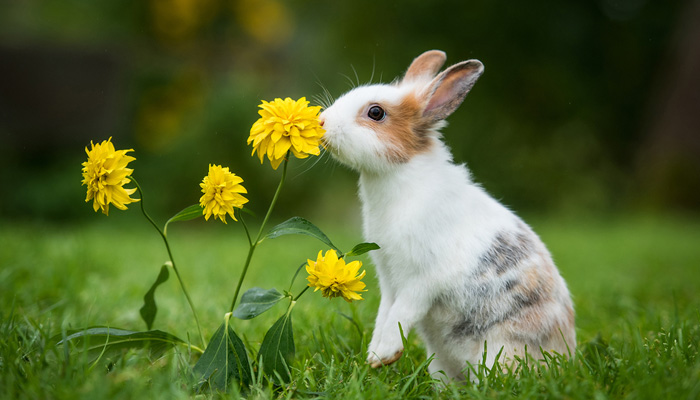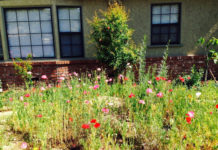Here’s a unique way to add curb appeal to a home. With just a few steps (and a small fee), you can have an outdoor space registered as a Certified Wildlife Habitat through the National Wildlife Federation. With the current vogue for sustainable “green” living, this is sure to make the property stand out for right buyers.
Why Certify?
According to the Wildlife Federation, “habitat loss—due to destruction, fragmentation, or degradation—is the primary threat to the survival of wildlife in the United States.” Even in the unlikeliest suburban areas, a vast variety of butterflies, flowers, birds, and other attractive wildlife can thrive.
How Does It Work?
So what do you need to create a habitat? Food sources, water, cover, and homes for visiting creatures, plus a commitment to pesticide-free gardening and using native plants. Once you’ve created a space that checks all the boxes, you can fill out an application and pay a $20 fee to have your wildlife habitat officially certified.
Food Sources
You’ll need at least three types of food source for wildlife. Consider fruit or nut trees for the birds and squirrels, as well as ornamental flowers to appeal to butterflies, bees, and other pollinators. Stick to plants that are native to your region—cacti and other succulents thrive in the Southwest, sage loves the dry climate of Northern California, and the South is ideal for flowering vines. You can also put out birdfeeders stocked with seeds to appeal to songbirds or even invest in a hummingbird feeder!
Water Supply
A birdbath will do the trick to meet this requirement. Creeks and ponds are also acceptable, as are man-made water features. The idea is to provide clean, fresh water for drinking and bathing.
Adequate Cover and Places to Raise Young
To be certified, you need to provide at least two areas of cover or shelter for visiting wildlife. These should be able to give them temporary relief from bad weather or predators. The list is surprisingly generous, including shrubbery, ground cover, rock piles or walls, log piles, evergreen trees, and man-made roosting boxes. Many of the same spaces can be used as places for long-term wildlife residents to raise their young.
Sustainable Gardening
Finally, you’ll need to make sure that you are following at least two of the sustainable practices from the Wildlife Foundation’s checklist. These can be as simple as placing a rain barrel to collect runoff and mulching flower beds to use less water. Composting, using organic pesticides and fertilizers, and planting native species are all ways to turn a normal lawn into a wildlife retreat.












